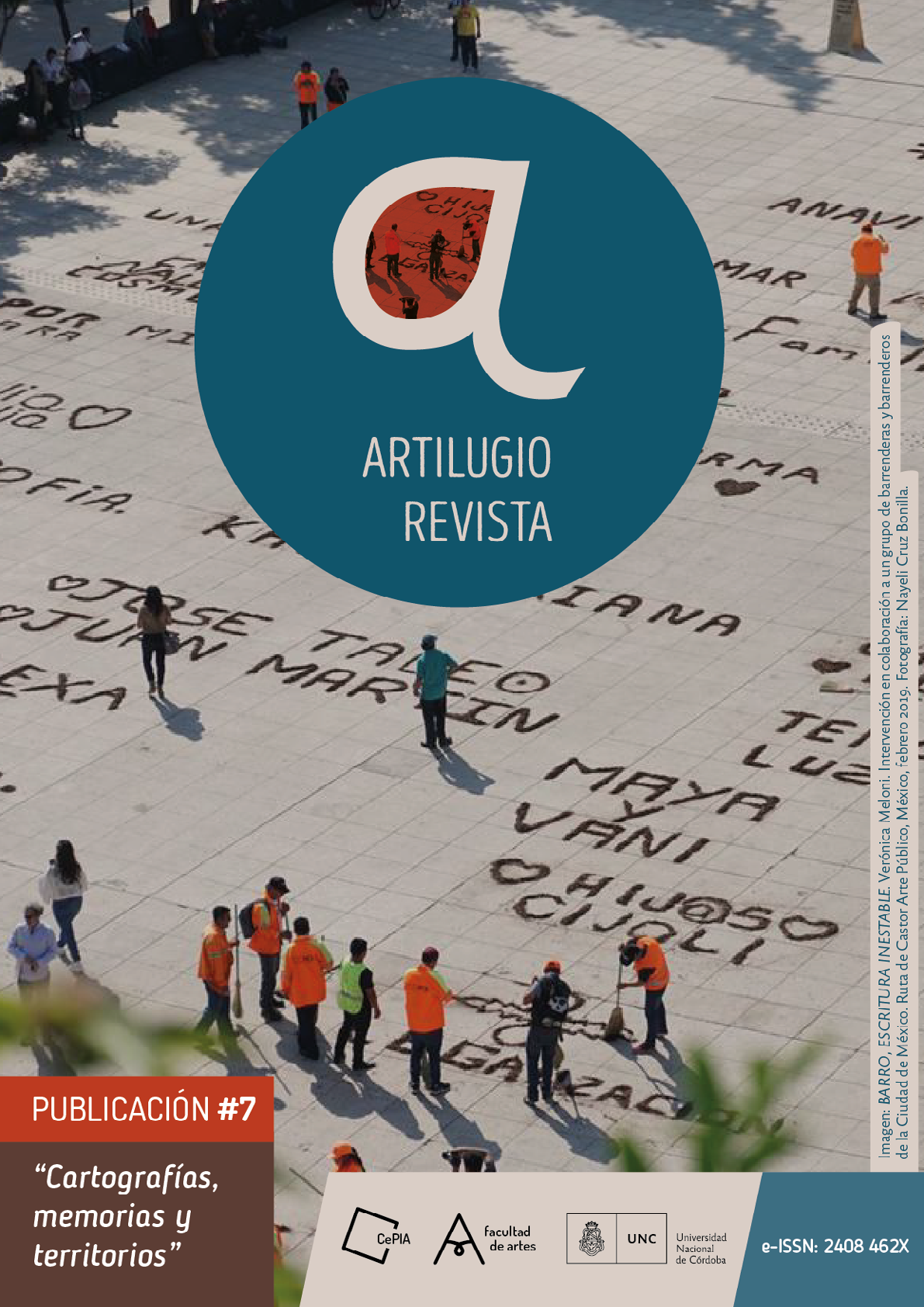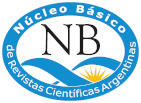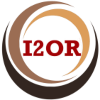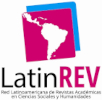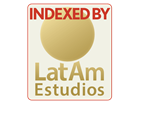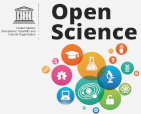Living Imaginaries: Corporealities and Words in Dance Practice Dancing Experience Notes
DOI:
https://doi.org/10.55443/artilugio.n7.2021.34564Keywords:
Practiced practice, Living imaginaries, Experience, Orality, EssaysAbstract
The present work is part of the research and practice of contemporary dance carried out with the team Archive and living imaginaries. The inhabited body that dances (Call CePIAbierto 2018-2021). In this research, we attend to practiced practice (Fernandez, 2018) as the object of study and we approached a methodological proposal based on the description of the shades and the configuration of corporealities and sensitive registers.
During the development of this paper, we will try to show the way in which the notions of archive, living imaginary and inhabited dancing body were interwoven in practice, transforming that weft into a dense texture that needed to link other threads to allow us to see in that new fabric the way in which, saying-imaginary-writing-practice practiced managed to show themselves. Knowing that our object of research is the dance practice, located in the shared training sessions where we propose slogans that attend to the word, the voice and the rhythm to configure a corporeality, we then create —body to body— an event plotted from the movement. The physical and sensitive practices that we guide has a relationship with speech and we consider that there is a repertoire of the voice, as word and sound, together with that of the movement. The descriptions we design to move ourselves and others rely on both a sensorium, the seat of sensation where a living organism experiences or interprets the environments in which it exists, and an imaginary one.
The instructions that guided the exercises proposed for the practice within the framework of the research were not designed in an exclusive or excluding manner. We consider that it is part of our metier the knowledge in the use of methods used in other training spaces so that, it was not relevant for us to highlight the singularity of the exercises performed, but the expression of the experience that led the person who “guided” and experienced the group practice.
Downloads
References
Bardet, M. (2018, 8 de mayo). “¿Cómo hacernos un cuerpo?” Entrevista a Suely Rolnik. Lobo Suelto! Recuperado el 2021, 8 de julio de http://lobosuelto.com/como-hacernos-un-cuerpo-entrevista-con-suely-rolnik-marie-bardet/.
Fernández, V. (2018). Cuerpo y escena contemporánea. La experiencia sensible y el vínculo con lo real en la práctica de la Improvisación Compositiva [tesis doctoral, Universidad Nacional de Córdoba]. Recuperado el 2021, 9 de julio de https://rdu.unc.edu.ar/handle/11086/6840.
Lepecki, A. (2020, 28 de junio). Movimiento en la pausa. ConTactos. Recuperado el 2021, 9 de julio de https://contactos.tome.press/translation-of-movement-in-the-pause-es/?lang=es.
Merleau-Ponty, M. (1962). Fenomenología de la percepción [J. Cabanes, trad.] Barcelona: Planeta-Agostini.
Meuleman, S. (2015, 13 de febrero). Meg Stuart: Moving the archive. ArtEZ University of the Arts. Recuperado el 2021, 9 de julio de https://www.youtube.com/watch?v=2VDyZUSftEM.
Milone, G. (2019). La fabulación del origen de las lenguas. Nau Poesía, Sección Masa Crítica. Recuperado el 2021, 8 de julio de http://naupoesia.com/2019/05/13/ficcionar-las-lenguas/
Morin, E. (2005). Complejidad restringida, complejidad general. Sostenible?, 9, pp. 23-49. Recuperado el 2021, 9 de julio de https://upcommons.upc.edu/handle/2099/3883.
Nancy, J. L. (2007). A la escucha. Ciudad Autónoma de Buenos Aires: Ed. Amorrortu.
Preciado, P. (2020, 8 de abril). Aprendiendo del virus. El País. Recuperado el 2021, 9 de julio de https://elpais.com/elpais/2020/03/27/opinion/1585316952_026489.html.
Serrano de Haro, A. (2007). La precisión del cuerpo. Análisis filosófico de la puntería. Madrid: Trotta.
Downloads
Published
Issue
Section
License
Copyright (c) 2021 Viviana Fernández, Ana Castro Merlo, Florencia Stalldecker, María Belén Ghioldi, Rocío Mariel Eiden, Julieta Belén Garrone

This work is licensed under a Creative Commons Attribution-NonCommercial-ShareAlike 4.0 International License.

